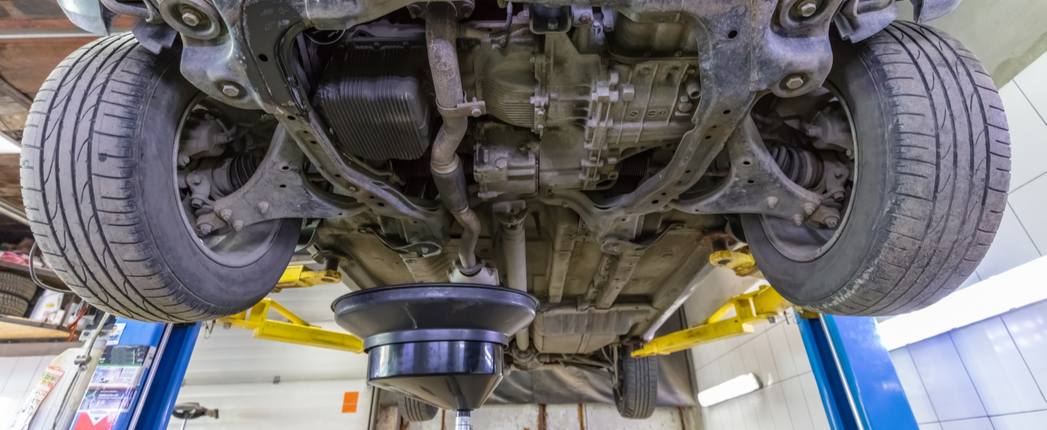
Sales at oil change and lubrication shops in the United States declined 3% to $6.4 billion in 2020, down from $6.6 billion in 2019, according to a joint report by the Auto Care Association and the Automotive Aftermarket Suppliers Association.
Called the channel forecast model, the report includes sales histories and forecasts for a wide assortment of automotive aftermarket categories. The report forecasts that sales by oil change and lubrication shops will grow by a compound annual rate of 4% to $8 billion in 2024, edging out general automotive repair as the highest projected growth rate among the report’s aftermarket service categories. From 2015 to 2020, sales for oil change and lubrication shops grew at a compound annual rate of less than 3%. The growth rate for general automotive repair was 2% from 2015 to 2020 and is projected to be 4% through 2024.
Average sales per oil change and lube shop in the U.S. declined 3% to $873,238 in 2020, down from $903,656 in 2019. Over the five years beginning in 2015, the average sales per shop increased at a compound annual rate of 3%.
According to preliminary U.S. Bureau of Labor Statistics data, the number of oil change and lubrication shops increased to 7,305 in 2020, up slightly from 7,276 for 2019. Since 2012, their number declined by a compound annual rate of 0.2%.
The channel forecast model follows the North American Industry Classification System, which defines automotive oil change and lubrication shops as establishments primarily engaged in changing motor oil and lubricating the chassis of automotive vehicles. The system is used for establishment-based federal economic statistics classified by industry for the United States, Mexico and Canada.
The main sources of data used as inputs in the channel forecast model are U.S. economic census data, Industrial Marketing Research Inc. and IHS Markit Inc. – for economic data as well as industry data provided by its automotive group, which includes the former R.L. Polk & Co.